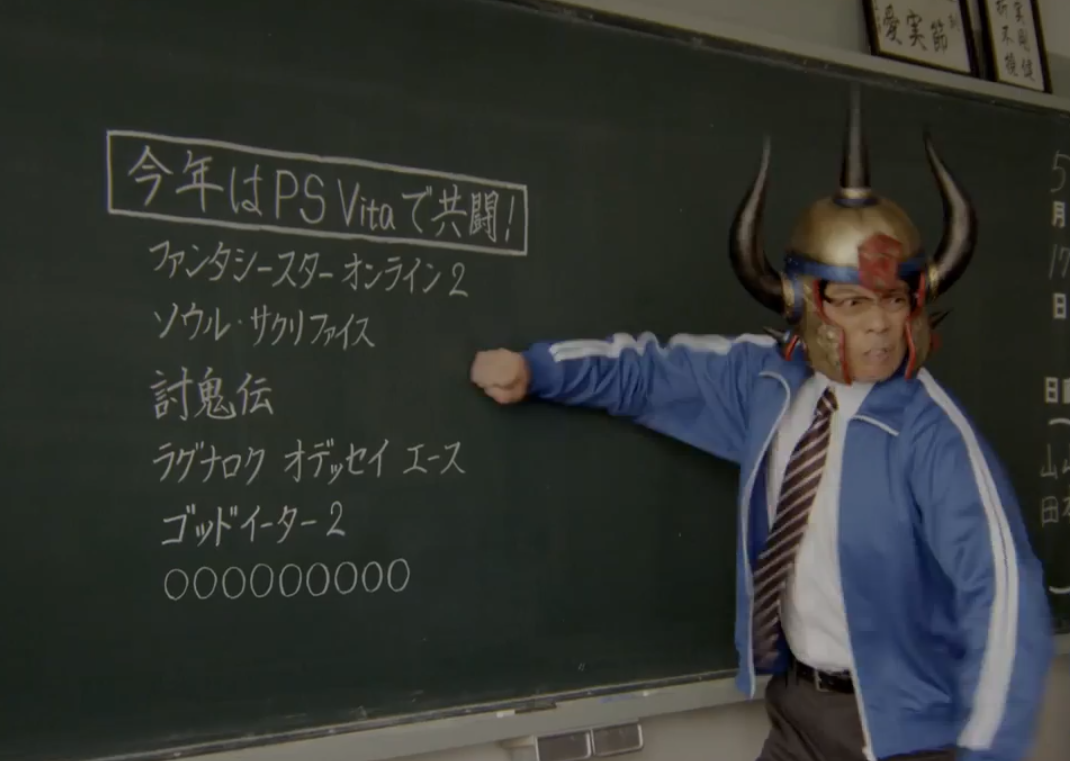The
practice of mobile gaming seem to be a particularly difficult subject to frame
and situate because it itself is meant to be very flexible. However, it is
possible to read this particular form of gaming through the framework presented
by Ito in Mobilizing the Imagination in Everyday Play to understand part
of it through the concept of hypersocialization―a form of socialization mediated
by a common media-based knowledge economy.
Cohen's text was very informative as
it brought forward case studies of mobile game design experiments that gives us
a clearer idea of what elements to consider while designing a mobile game for
the Japanese market. He identifies the terms Personal (space of
intimacy), Portable (mobility of the device) and Pedestrian (nagara
gaming) as the main concepts that frames the experience of mobile phone
entertainment in Japan, and there is no reason why we shouldn't look at
portable console use in the same light. Indeed, from the dual-screen DS to the
portable media device that was the PSP, mobile consoles in Japan have always
been a save haven for gaming experiences that focus on the intimacy of the
experience, the imaginary creation of a restricted relationship with the
screen. Those comprise of visual novels, brain training games and role-playing
games. Interestingly, those seem to also be the experiences that define the PC
as a gaming space. Visual novels are often released on PC first, and then
ported on mobile consoles. The PC in Japan also hosts a number of long-running
franchises of real-time strategy games that are mostly unknown in the West.
However, the mobile consoles have also given birth to completely different game
genre, one of those―the kyotou games or collaborative combat games,
sometimes called hunting games―requires thinking about the console as a vehicle
for socialization in the same vein Ito talks about card games as
hypersocialization tools.
 |
| Summer 2013. Kyoutou Sensei introduces television viewers to the joys of collaborative battle games. |
Indeed, on the other end of the spectrum we have games like Monster Hunter, Soul Sacrifice, Valhalla Nights and others that inspire strong community of players who meet in cafés with groups or random strangers. Even games like Puzzles and Dragons (by far the most popular mobile game) integrate a lot of social elements: players must be connected with other users in order to lean their strength to defeat difficult bosses. Such games are very customizable themselves and mobile game communities like the one associated with Valkyria Chronicle D is very intricate where players have developed hierarchical relationship with rights and duties in relation to what the game requires users to do in order to achieve something. There is plenty of space for remix and mediated but meaningful social encounters through mobile gaming from its most intricate form (Monster Hunter) to its most nagara (Puzzles and Dragons). However, I must differ from Ito's perspective when she identifies hypersocialization with contestation, there just doesn't seem to be actual rebellion against a given text in the media mix, only reinterpretation and adaptation.
Also, brand is king.
---
---
I found an
excerpt of the Video Game Music record that Aiden introduced last week. I am
posting it here for everyone to see since this is a very important event in the
culture of video game music in Japan. The excerpt is a remix of the sounds of Xevious in musical form. Enjoy!
Wonderful post, the information in your blog is really very informative and helps a lot of people.
ReplyDeleteMobile Game Developers